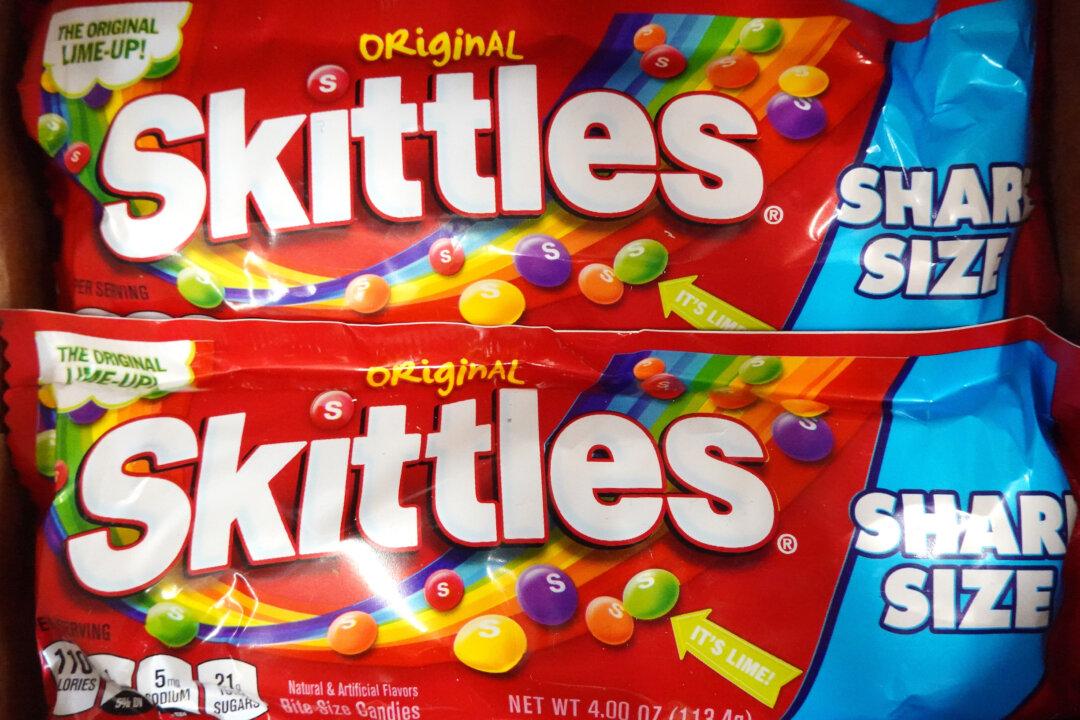Omega-3 fatty acids are essential fatty acids that are not made in our bodies, so we must get them from our diet. There are three forms: docosahexaenoic acid (DHA) and eicosapentaenoic acid (EPA), and alpha-linolenic acid (ALA). There is evidence from studies, according to the Mayo Clinic, that suggests consuming the recommended amounts of DHA and EPA through either fish or fish oil supplements lowers triglycerides, slows hardening of the arteries, and lowers blood pressure. In addition, they also may reduce the risk of heart attack, abnormal heart rhythms, and strokes in people with cardiovascular disease.
How Much of Omega-3 Fats Are Enough?
The World’s Healthiest Foods cites the guidelines issued by the Workshop on the Essentiality of and Recommended Dietary Intakes for Omega-6 and Omega-3 Fatty Acids in 1999, which recommend that omega-3 fats should be at least two percent of the total daily calories. Someone consuming 2,000 calories a day would need to eat at least four grams of omega-3 fats. Two tablespoons of flaxseeds have 3.5 grams of omega-3 fats, and a four-ounce serving of salmon has 1.5 grams of omega-3 fats.Fish oils contain both DHA and EPA, while flaxseeds, certain oils, vegetables, and spices contain ALA.
Where Does That Leave Vegetarians and Vegans Who Rely on ALA as Their Source of Omega-3 Fats?
The World’s Healthiest Foods recommends they increase the amount of ALA-rich foods they consume to “ensure sufficient production of its important derivatives, EPA and DHA.”Lisa Roth Collins is a registered holistic nutritionist and also the marketing manager at NaturallySavvy.com, which first published this article.
Author’s Selected Articles





